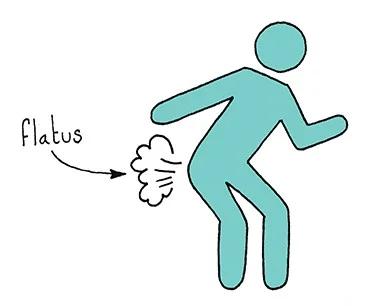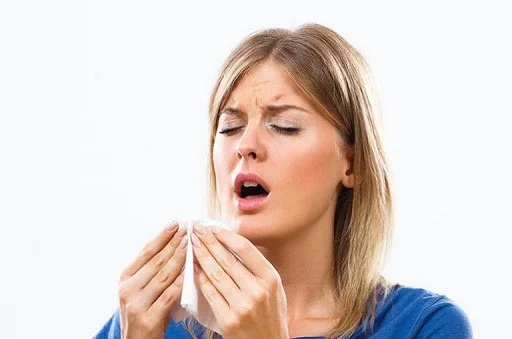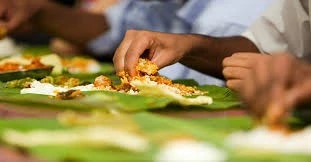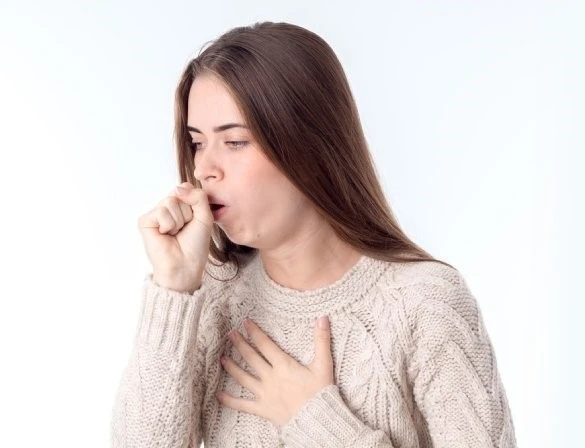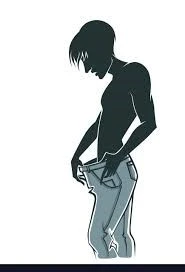As mentioned by acharya Indu (Critical writer of ashtanghruday)
रोगा: सर्वेपि जायन्ते वेगोदीरणधारणै:॥
This means, all the rogas are produced due to vega udiran or vega dharan, that makes one impossible to be swastha (healthy).
Where, Vega are natural urges and udiran means balata preran (facilitating forcefully when there is no urge or little urge present) and Dharan means balaat rodhan (Holding back the natural urges forcibly when present).
Thus, by avoiding vega dharan, roga becomes incapable of producing.
There are 13 adhaarniya vega (Natural urges that should not sssbe controlled) explained in the classical text as follows-

